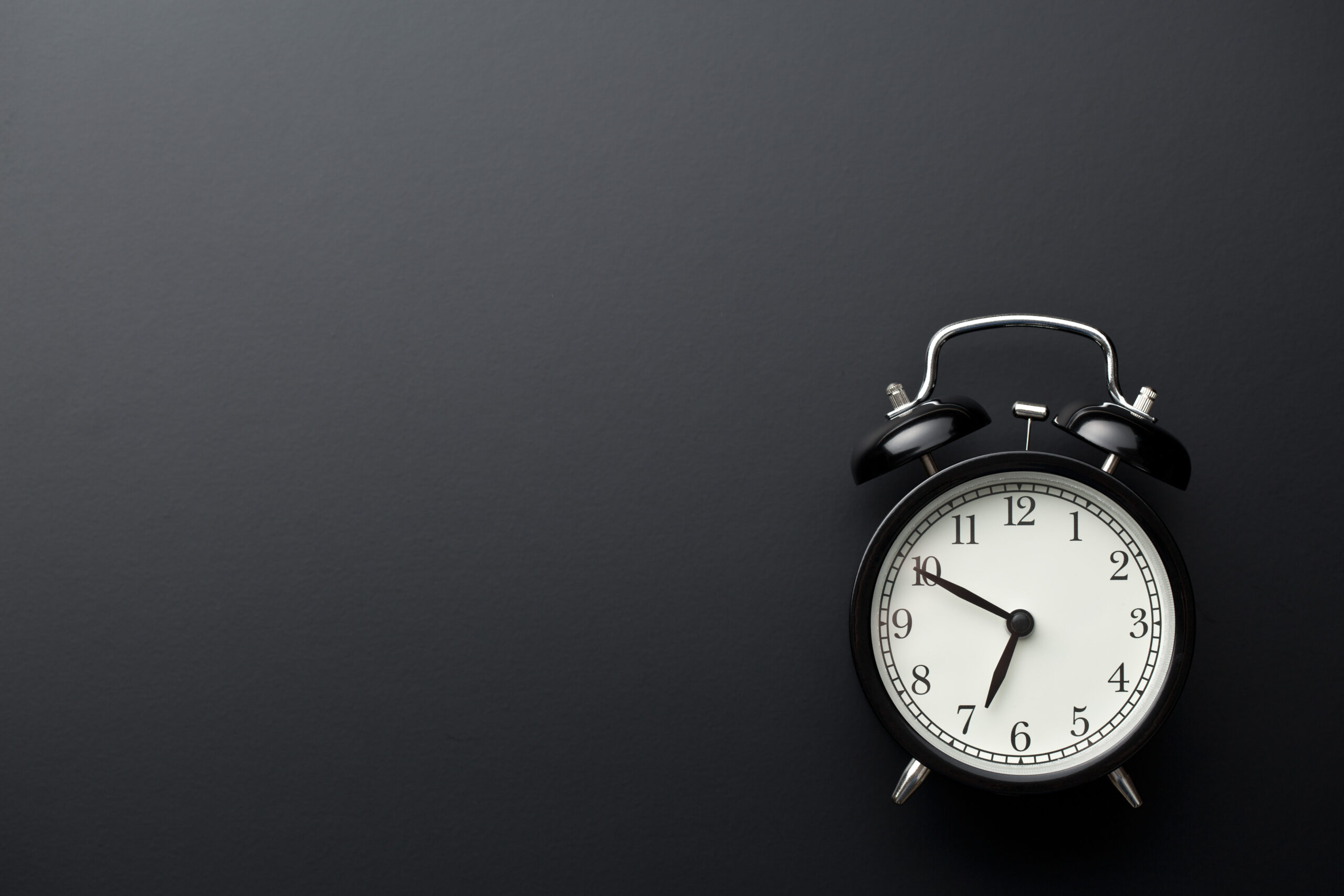Understanding Lewy body dementia symptoms and treatment options
Lewy body dementia (LBD) is a brain disorder that affects thinking, movement, and behavior. It happens because of abnormal protein deposits called Lewy bodies that build up inside nerve cells in the brain. These deposits interfere with how the brain works, especially in areas responsible for memory, attention, and movement.
One of the early signs of LBD can be **visual hallucinations**, where people see things that aren’t really there—like shapes, animals, or people. These hallucinations often happen repeatedly and can be quite vivid. Alongside this, individuals may experience changes in alertness and attention; they might seem drowsy or confused at times but more clear at others.
Movement problems are also common with LBD and resemble symptoms seen in Parkinson’s disease. This includes slow movements, muscle stiffness or rigidity, tremors (shaking), a shuffling walk, trouble balancing which can lead to falls. Because these motor symptoms affect daily activities like walking or writing, they significantly impact quality of life.
Another important aspect is how LBD affects automatic body functions controlled by the autonomic nervous system—things we don’t consciously control like blood pressure regulation or digestion. People with LBD might feel dizzy when standing up due to sudden drops in blood pressure; they may sweat excessively or have bladder control issues such as urgency or constipation.
Cognitive difficulties tend to fluctuate throughout the day rather than steadily worsen as seen in some other dementias. Problems include difficulty concentrating or paying attention and challenges with planning and reasoning tasks needed for everyday life activities.
Mood changes are also part of this condition: depression, anxiety, apathy (lack of interest), agitation—and sometimes delusions (false beliefs) or paranoia—can occur alongside cognitive decline.
When it comes to treatment options for Lewy body dementia:
– There is currently no cure that stops progression.
– Treatment focuses on managing symptoms to improve quality of life.
– Medications used for Alzheimer’s disease may help some cognitive symptoms but must be used carefully because people with LBD can be sensitive to side effects.
– Parkinsonian motor symptoms might respond somewhat to drugs typically prescribed for Parkinson’s disease; however these too need careful monitoring since some medications can worsen hallucinations.
– Managing autonomic symptoms involves addressing blood pressure fluctuations through lifestyle adjustments like rising slowly from sitting positions and sometimes medication.
– Non-drug approaches such as physical therapy help maintain mobility while occupational therapy supports daily functioning.
– Supportive care including counseling helps manage mood disorders associated with LBD.
Because Lewy body dementia presents a complex mix of cognitive changes combined with movement difficulties and fluctuating alertness levels along with visual hallucinations—it requires comprehensive care tailored individually by healthcare providers familiar with this condition. Early recognition helps families prepare better support systems while medical teams work on symptom management strategies adapted over time as needs evolve.





